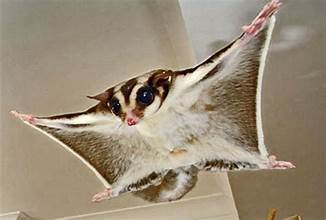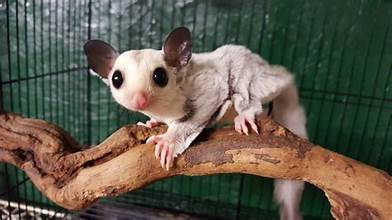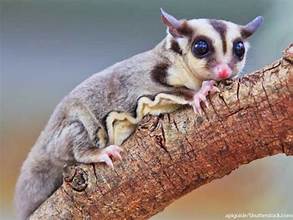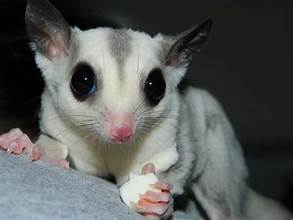Sugar gliders, small, nocturnal marsupials native to Australia, New Guinea, and parts of Indonesia, are becoming increasingly popular as exotic pets. Their playful nature, adorable appearance, and social behavior make them a fascinating addition to many households. However, providing appropriate care for sugar gliders requires understanding their natural behaviors and the enrichment they need to thrive.
Natural Behaviors
- Nocturnality: Sugar gliders are primarily active at night. They sleep during the day and are most energetic after dark.
- Sociality: These marsupials are highly social creatures and thrive in pairs or groups. They form strong bonds and engage in various social behaviors, including grooming, playing, and cuddling.
- Gliding: As their name suggests, sugar gliders are excellent gliders. They use their patagium (a membrane that stretches from their wrists to their ankles) to glide between trees in their natural habitat.
- Climbing and Jumping: Sugar gliders are agile climbers and jumpers, using their strong claws and tails to navigate their surroundings.

Housing Ideas
Providing adequate housing for sugar gliders is essential to their physical and mental well-being. Here are some ideas to stimulate their natural behaviors:
- Spacious Enclosure: A large, multi-level cage must accommodate their active lifestyle. Ensure the cage has plenty of climbing branches, hammocks, and hiding places.
- Gliding Opportunities: Provide safe opportunities for your sugar gliders to glide. You can use a sugar glider glider or create a gliding course within their enclosure.
- Interactive Toys: A variety of interactive toys to keep your sugar gliders entertained. Puzzle feeders, foraging toys, and chew toys are excellent options.
- Social Interaction: Spend quality time with your sugar gliders every day. Interact with them gently and provide them with plenty of social stimulation.
- Natural Diet: Feed your sugar gliders a high-quality diet that includes a variety of fruits, vegetables, and protein sources. Avoid feeding them sugary or processed foods.
- Environmental Enrichment: Regularly rotate toys and accessories in their enclosure to prevent boredom. Consider adding natural elements like leaves, branches, and pine cones.

Common Behavioral Issues
Understanding common behavioral issues can help you address any problems that may arise. Some common issues include:
- Barking: Sugar gliders may bark as a form of communication or to express excitement or distress.
- Biting: Biting can signify fear, aggression, or overstimulation.
- Chewing: Sugar gliders may chew on inappropriate objects if they are bored or lack sufficient enrichment.
Providing adequate housing and understanding of their natural behaviors can help your sugar gliders live happy, healthy, and fulfilling lives.




